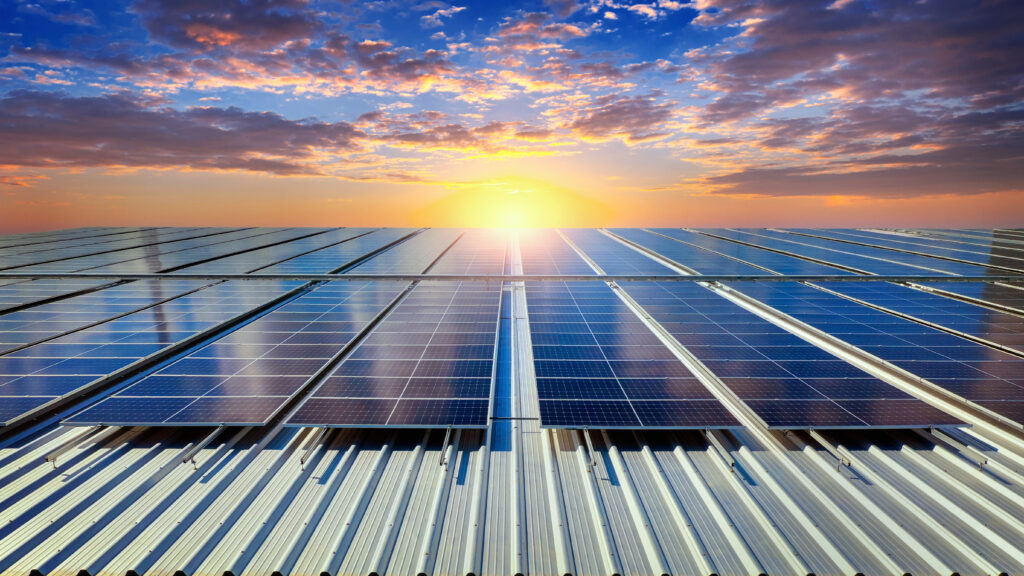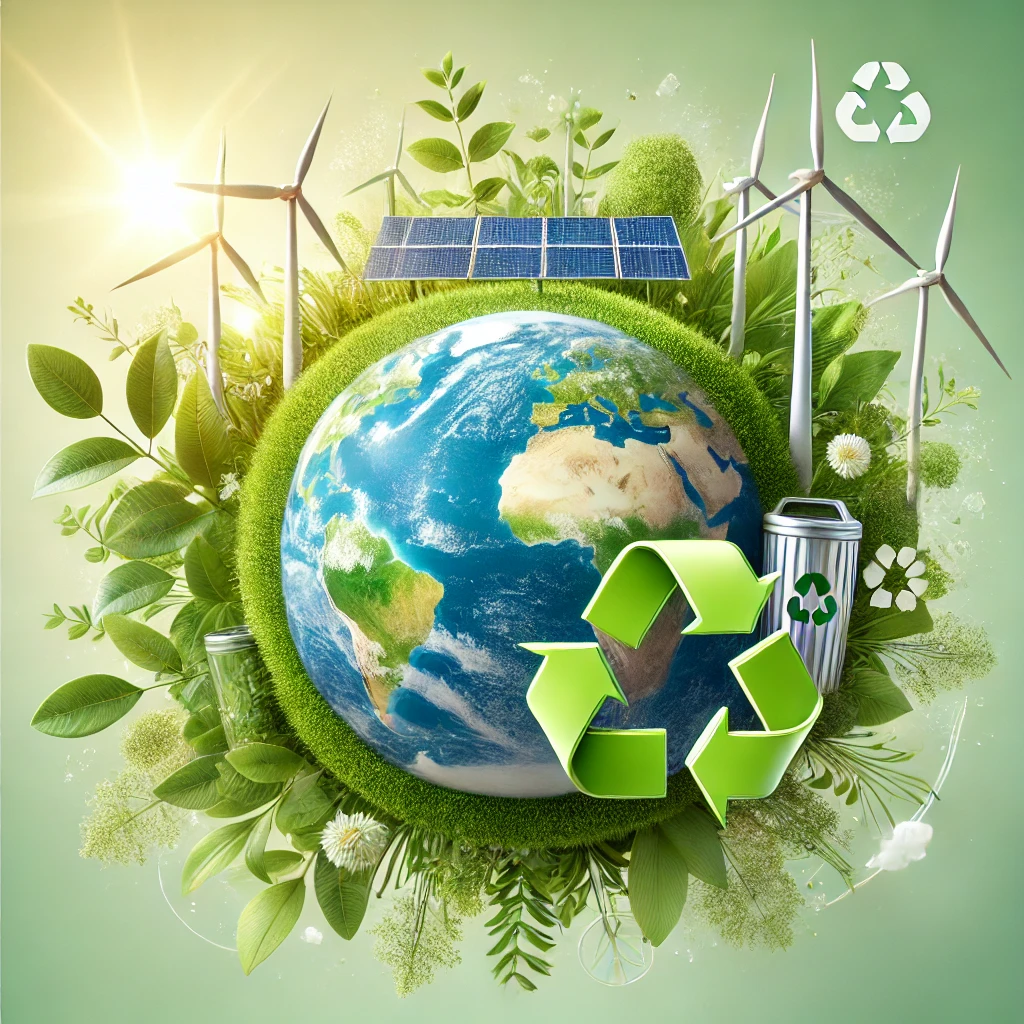Introduction
Global warming is more than just a rise in temperatures—it’s a significant environmental crisis with far-reaching effects on ecosystems, human health, and the global economy. Caused primarily by human activities, global warming threatens the balance of our planet, leading to extreme weather events, rising sea levels, and loss of biodiversity.
In this blog, we’ll explore the causes of global warming, its consequences, and practical ways individuals and communities can contribute to a sustainable future. Whether it’s reducing carbon footprints, embracing renewable energy, or planting trees, every small action can lead to big change.
What is Global Warming?
Global warming refers to the increase in Earth’s average surface temperature due to the accumulation of greenhouse gases (GHGs) in the atmosphere. These gases trap heat, creating a “greenhouse effect” that leads to temperature rises. While this effect is natural and necessary for life, human activities have intensified it, causing temperatures to rise at an unprecedented rate.
Causes of Global Warming
Greenhouse Gas Emissions
The primary cause of global warming is the excessive emission of GHGs like carbon dioxide (CO₂), methane (CH₄), and nitrous oxide (N₂O). These gases are released through:
Deforestation: Trees absorb CO₂, and their removal reduces this capacity, while burning or decomposing trees releases stored carbon.
Burning Fossil Fuels: Coal, oil, and natural gas are major sources of energy but also the largest contributors to CO₂ emissions.
Industrial Processes: Factories emit large amounts of GHGs during the production of goods.
Deforestation
The loss of forests to make way for agriculture, urban development, and logging has a twofold effect: it increases CO₂ levels and reduces the planet’s ability to absorb emissions.
Agriculture
Livestock farming produces methane through enteric fermentation, and the use of synthetic fertilizers releases nitrous oxide. These gases are far more potent than CO₂, contributing significantly to global warming.
Waste Mismanagement
Landfills generate methane as organic waste decomposes. Poor waste management practices exacerbate this problem, especially in developing nations.
Urbanization
The expansion of cities leads to increased energy consumption, vehicular emissions, and loss of green spaces, all of which intensify global warming.
Effects of Global Warming
Melting Ice and Rising Sea Levels
The polar ice caps and glaciers are melting at alarming rates, contributing to rising sea levels. This threatens coastal cities, small islands, and low-lying countries, displacing millions of people.
Extreme Weather Patterns
Global warming disrupts climate systems, leading to more frequent and severe hurricanes, heatwaves, droughts, and floods. These events destroy infrastructure, affect agriculture, and harm economies.
Loss of Biodiversity
Rising temperatures and habitat destruction force many species to migrate or face extinction. Coral reefs, often called the “rainforests of the sea,” are particularly vulnerable due to ocean warming and acidification.
Agricultural Challenges
Shifts in temperature and precipitation patterns reduce crop yields, particularly in regions that are already food insecure. This threatens global food supply chains.
Human Health Issues
- Heatwaves can cause heatstroke and dehydration.
- Rising temperatures contribute to the spread of vector-borne diseases like malaria and dengue.
- Poor air quality due to smog and wildfires leads to respiratory problems.
How Can We Combat Global Warming?
Transition to Renewable Energy
Switching to renewable energy sources like solar, wind, and hydroelectric power reduces reliance on fossil fuels. These sustainable energy solutions are increasingly cost-effective and widely available.

Adopt Energy-Efficient Practices
Simple changes like using LED bulbs, energy-efficient appliances, and improving home insulation can reduce energy consumption. Encouraging industries to adopt green technologies is equally vital.
Reforestation and Conservation
Planting trees and protecting existing forests absorb CO₂ and improve biodiversity. Urban greening projects also enhance air quality and provide shade, reducing urban heat islands.

Promote Sustainable Transportation
Using public transportation, cycling, or walking reduces vehicular emissions. Electric vehicles and carpooling are also effective ways to minimize your carbon footprint.

Reduce Waste
Practicing the 3 Rs—reduce, reuse, recycle—helps minimize landfill waste. Composting organic waste reduces methane emissions, and avoiding single-use plastics reduces pollution.
Advocate for Climate Action
Support policies and organizations that aim to combat global warming. Educating others and spreading awareness can create a ripple effect, inspiring collective action.
Conclusion
Global warming is a defining challenge of our generation, but it’s not insurmountable. Through collective action and individual responsibility, we can mitigate its effects and protect the planet for future generations. Small changes—like reducing energy consumption, supporting renewable energy, and advocating for reforestation—can make a significant impact.
For more ways to live sustainably, check out these related resources:
Together, let’s take steps toward a more sustainable and resilient world.




I’m extremely impressed along with your writing talents as well as with the format to your blog. Is that this a paid subject or did you modify it yourself? Anyway stay up the excellent high quality writing, it’s rare to see a nice weblog like this one these days!
Thank you so much for your kind words and support! I’m really grateful that you took the time to share your thoughts. The blog’s format and content are a product of my own passion and effort—I’ve customized it myself to reflect the ideas I want to share with my readers. Your encouragement means a lot, and I’m committed to continuing this journey of creating meaningful, high-quality content. Thanks again for your wonderful feedback!
Great post, you have pointed out some good points, I also think this s a very great website.